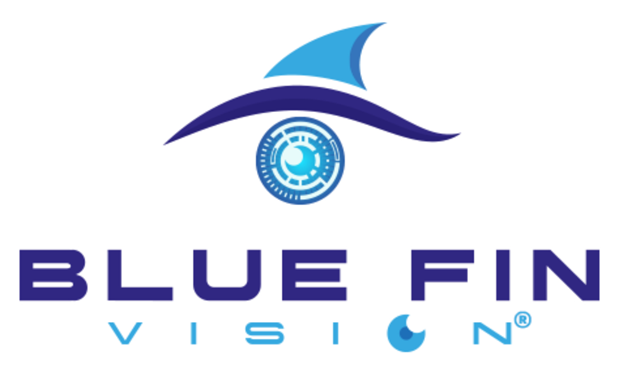What Is Refractive Lens Exchange? A Manual to Modern Vision Improvement
What Is Refractive Lens Exchange? A Manual to Modern Vision Improvement
Blog Article

Improvements in ophthalmology have revolutionized the way in which we correct vision. From laser-based procedures to intraocular Lens alternatives, individuals nowadays have a wide selection of options designed with their specific visible needs. Among the absolute most outstanding techniques are LASIK.Each technique provides a particular function and is suitable for different age ranges, Eye conditions, and life style preferences.
Lens Replacement Surgery and Refractive Lens Exchange are closely connected practices applied generally for people over 40 who're experiencing presbyopia or aren't great candidates for laser perspective correction. In that procedure, the organic Lens of the eye is replaced with an artificial intraocular Lens (IOL) to boost emphasis and minimize addiction on glasses or contact lenses. It is particularly very theraputic for people with high refractive problems or those buying a long-term solution that also eliminates the chance of future cataract development.
ICL Surgery requires the implantation of a soft, variable Lens behind the iris and before the normal lens. Unlike Lens Replacement, ICL does not eliminate the organic Lens, which makes it a reversible procedure. It is extremely suited to younger patients with thin corneas or individuals with reasonable to high degrees of nearsightedness who are not perfect candidates for LASIK or PRK. One of many essential advantages of ICL could be the preservation of corneal structure, which may be critical for long-term ocular health.
Cataract Surgery is often executed once the normal Lens becomes clouded, frequently as a result of aging. During this procedure, the cloudy Lens is removed and changed with an obvious IOL. Technical advances have created cataract surgery better, faster, and more precise, often increasing equally vision quality and overall quality of life.
Laser Eye Surgery, including LASIK, remains one of typically the most popular strategies for solving refractive errors such as for instance myopia, hyperopia, and astigmatism. LASIK requires reshaping the cornea utilizing a accurate laser to allow light entering the eye to be precisely targeted onto the retina. The answers are an average of immediate, and recovery instances are short. LASIK is ideal for people with stable medications and sufficient corneal thickness.
Selecting the most appropriate perspective correction method is dependent upon several factors, including age, prescription, corneal health, life style, and personal expectations. A thorough Eye examination conducted by a qualified ophthalmologist is vital in determining the most correct therapy path.
In summary, modern vision modification procedures are secure, efficient, and highly customizable. If you are seeking to eliminate your dependence on helpful lenses or address age-related improvements in perspective, today's advanced surgical alternatives present trusted and sustained results. With the best evaluation and advice, clear perspective could be a truth for a wide variety of individuals. Report this page